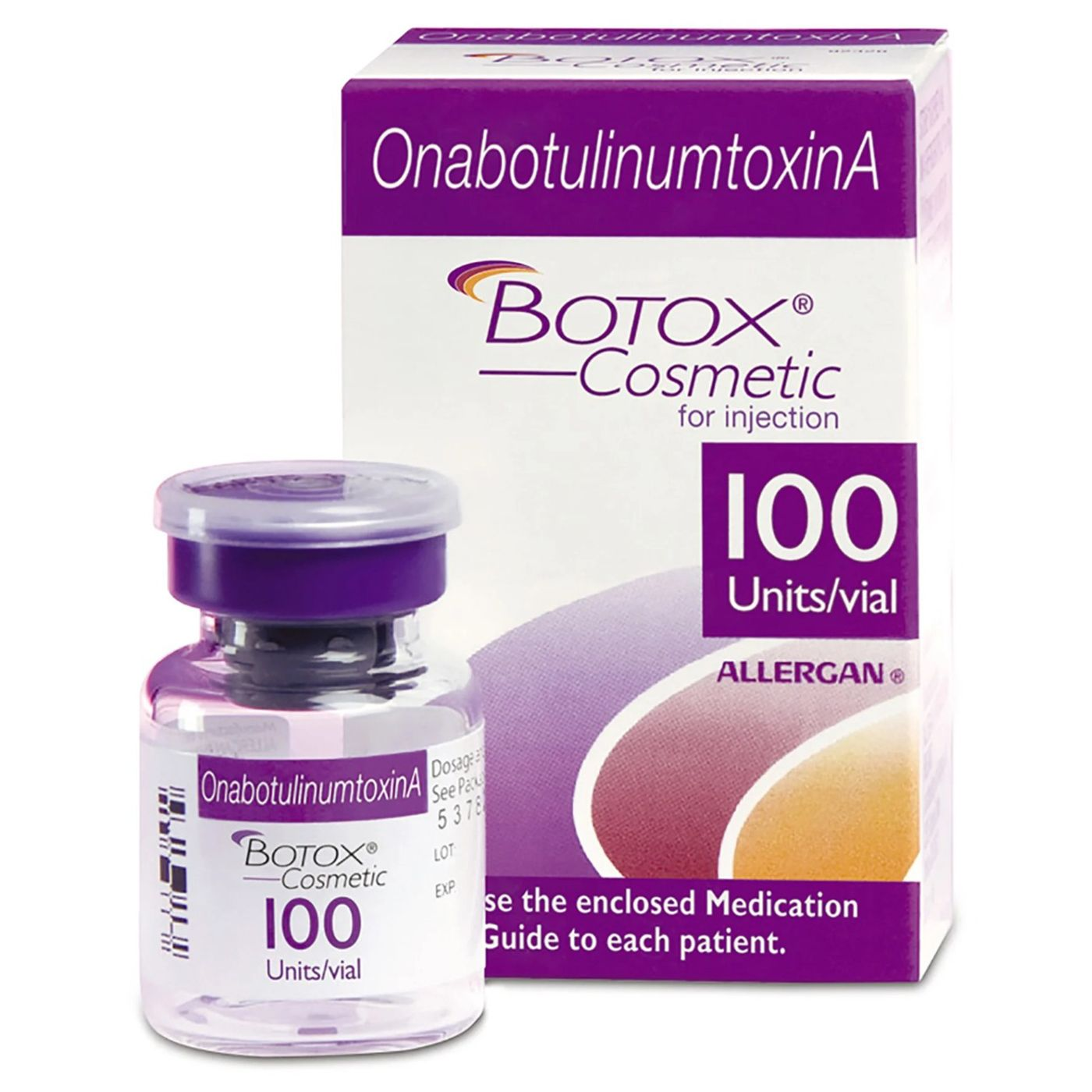Botox injection have become a popular solution for reducing wrinkles and fine lines. Beyond cosmetic use, Botox treats medical issues like chronic migraines and excessive sweating. This article explains Botox injections in detail, covering their effects, uses, and essential precautions.

What is Botox and How Does it Work?
Botox comes from Clostridium botulinum, a bacterium that produces a neurotoxin. This toxin blocks nerve signals to muscles, causing temporary muscle relaxation. As a result, wrinkles soften, and spasms reduce.
Uses of Botox Injections
- Cosmetic Benefits:
- Wrinkle Reduction: Botox smooths forehead lines, crow’s feet, and frown lines.
- Facial Slimming: It helps reshape the jawline by relaxing certain muscles.
- Brow Lift: It lifts sagging brows, creating a more youthful appearance.
- Medical Applications:
- Migraine Relief: Botox reduces migraine frequency and intensity.
- Muscle Spasms: It treats neck spasms and other muscular disorders.
- Excessive Sweating: Botox blocks sweat glands, controlling hyperhidrosis.
- Bladder Dysfunction: It manages overactive bladder symptoms.
- Eye Conditions: Botox helps with uncontrolled blinking and lazy eye.
How to Use Botox – Dosage and Application
- Amount to Inject:
- The dosage depends on the treatment area. A professional determines the exact amount based on individual needs.
- Application Method:
- A fine needle injects Botox directly into the targeted muscles. The process takes 10 to 15 minutes.
- Treatment Frequency:
- For cosmetic purposes, repeat injections every 3 to 4 months. Medical treatments may require adjustments.
Effects of Botox Injections
Positive Effects:
- Smoother Skin: Botox creates a youthful, vibrant look by reducing lines.
- Pain Relief: It minimizes pain from migraines and muscle conditions.
- Non-Invasive: Botox offers visible results without surgery.
Possible Side Effects:
- Mild Swelling: Some people experience slight swelling at the injection site.
- Temporary Bruising: Light bruising may appear but fades quickly.
- Headache or Fatigue: A few people report mild headaches or tiredness.
- Drooping Eyelid: Incorrect injection may cause temporary eyelid drooping.
- Allergic Reactions: Rarely, Botox triggers itching, rash, or difficulty breathing.
Precautions Before and After Botox
- Select a Skilled Professional:
- Always choose a certified dermatologist or medical expert for Botox injections. Experience ensures safer and more precise results.
- Avoid Blood Thinners:
- Stop taking aspirin or other blood-thinning medications before treatment to prevent bruising.
- Don’t Touch the Area:
- After treatment, avoid rubbing or massaging the injection site for at least 24 hours. This prevents the Botox from spreading to unintended areas.
- Wait if Pregnant or Nursing:
- Botox is not recommended during pregnancy or breastfeeding.
- Monitor for Allergies:
- If you notice severe redness, itching, or breathing difficulties, contact your doctor immediately.
FAQs About Botox Injections
1. How long do Botox results last?
- Botox typically lasts 3 to 6 months. Regular follow-ups help maintain the effects.
2. Is Botox painful?
- Most people feel only minor discomfort, similar to a small pinch.
3. When will I see results?
- Results appear within 3 to 7 days after treatment.
4. Can Botox look natural?
- Yes, when done by a skilled professional, Botox enhances your appearance without looking frozen or overdone.
5. Is there any downtime?
- No, you can resume normal activities immediately after treatment.
if you have any question you can contact us!
The information on this page is merely supplemental. The information provided here is not intended to replace the counsel of a licensed physician. This page does not recommend that using this medication is appropriate or safe. Therefore, before taking this medication or any other medication, it is recommended that you consult your doctor.
Also read: Tibet Snow Cream: Uses, Effects, and a Complete Guide

